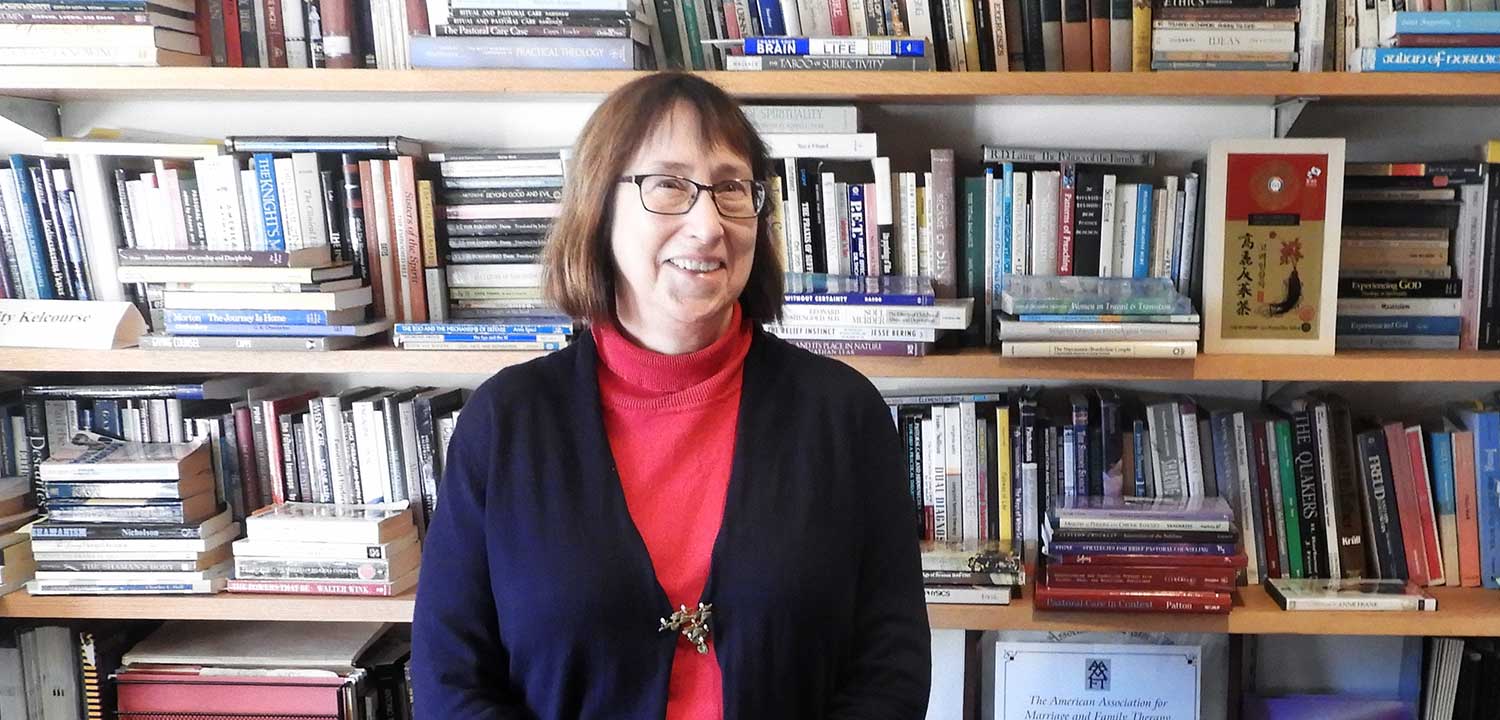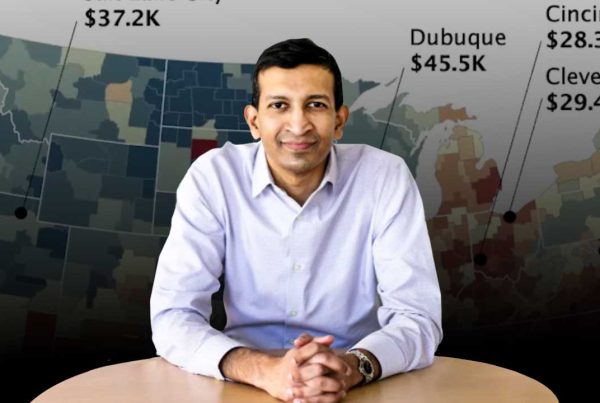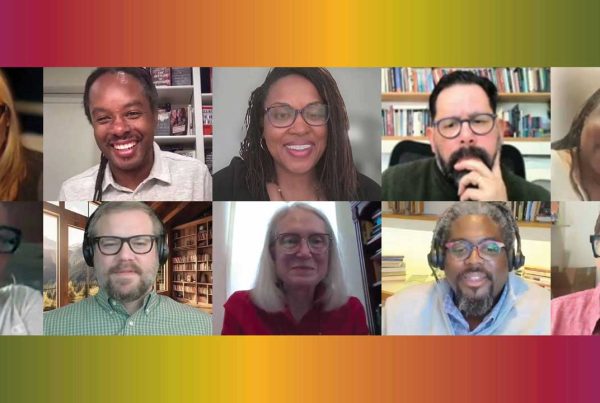Learning to be an LGBTIQ ally
by Dr. Felicity Kelcourse, MMin, PhD, LMHC
CTS Associate Professor of Clinical Mental Health Counseling and Psychology of Religion
Thirty years ago, a woman told me she had grown up believing, as a Christian, that it was only right for her to marry a man. She later came to believe that she was not being true to the person God created her to be, that God would not want her to live a lie. She amicably divorced the man she had married and found the female partner she is with today.
Much has changed since then. The supreme court has affirmed the legal right for women to choose women, and men to choose men, as the life partners they love. When you see two people who love each other, it is easy to believe that these loving unions cannot be a bad thing, that God is always on the side of love.
Stigma still exists towards lesbians and gay men. Removing that prejudice means that people are free to follow their hearts and not pretend to be someone they’re not for the sake of social convention. But stigma remains for persons born intersex, some of whom identify as transgender. What most heterosexuals don’t know is that sex is assigned at birth purely on visual inspection of a baby’s genitals, physical traits that may or may not reflect a person’s actual sense of gender identity.
In 2018, Amnesty International declared an Intersex Awareness Day, identifying myths many heterosexuals believe.
Myth 1: Everyone is born either male or female and Myth 2: Being Intersex is very rare. In fact, by some estimates as many as one in 1000 babies are born intersex by virtue of natural variations that affect genitals, gonads, hormones, chromosomes, or reproductive organs. Sometimes these characteristics are visible at birth, sometimes they appear at puberty, and sometimes they are not physically apparent at all.
Myth 3: Being intersex is a condition that needs to be corrected: Doctors and parents may decide on a gender at birth, performing surgery to ‘normalize’ intersex children, potentially causing lifelong physical and emotional suffering. Children have a right to participate in these decisions when they are old enough to speak for themselves.
Myth 4: Intersex people are transgender. Being intersex is not the same as being transgender. Physical sexual characteristics do not determine our gender identity, or who we are attracted to. Transgender simply means that a person’s gender identity is different from the sex they were assigned at birth. “An intersex person may be straight, gay, lesbian, bisexual or asexual, and may identify as female, male, both or neither”. Intersex and trans people have the right to choose their own gender identity, and not be forced to live with bodies or identities they do not feel comfortable with.[1]
If we honor God as Creator, what right do heterosexuals have to say that LBGTI persons are not created in the image and likeness of God? It is essential to our psychological, physical, and spiritual health for each of us to honor the truth of our created being, not forced by society to live a lie.
Ten years ago, I watched my daughter’s best friend transition from female to male. I know it was hard for this friend’s mother to “lose” a daughter, and it was a difficult transition for the friend, given the social prejudice that the only “right” way to be a person is to be either male or female. But I see the confidence this young person has gained, now that he can present himself as the person he knows himself to be. The gender affirming care he chose and received was an essential part of his successful transition.
The transphobic legislation being considered and enacted in Indiana is not the way of love. To honor God as Creator means to love and honor all of humanity, including people who may not look and love like heterosexuals. To honor God as Creator is to love all God’s children. If we listen to our neighbors with our hearts, loving them as we wish to be loved, we will know this to be true.
References:
[1] https://www.amnesty.org/en/latest/news/2018/10/its-intersex-awareness-day-here-are-5-myths-we-need-to-shatter/ accessed 3 19 2023






